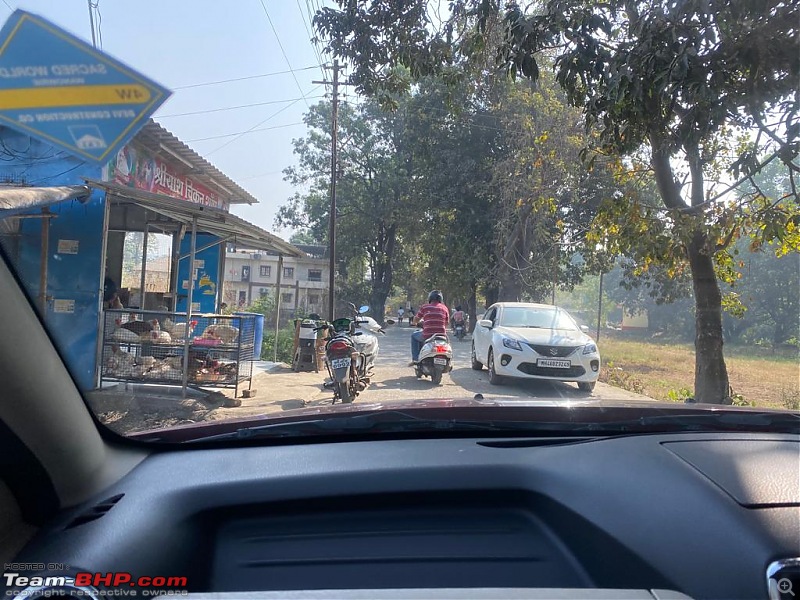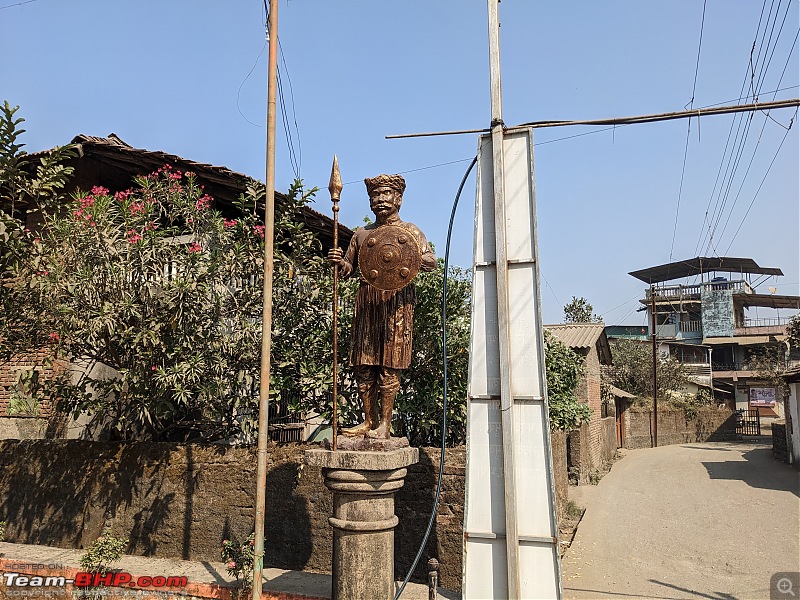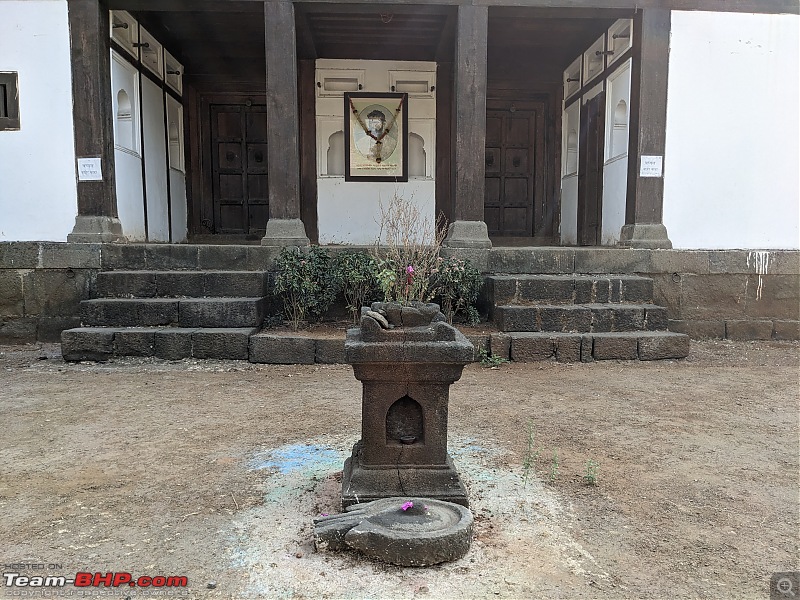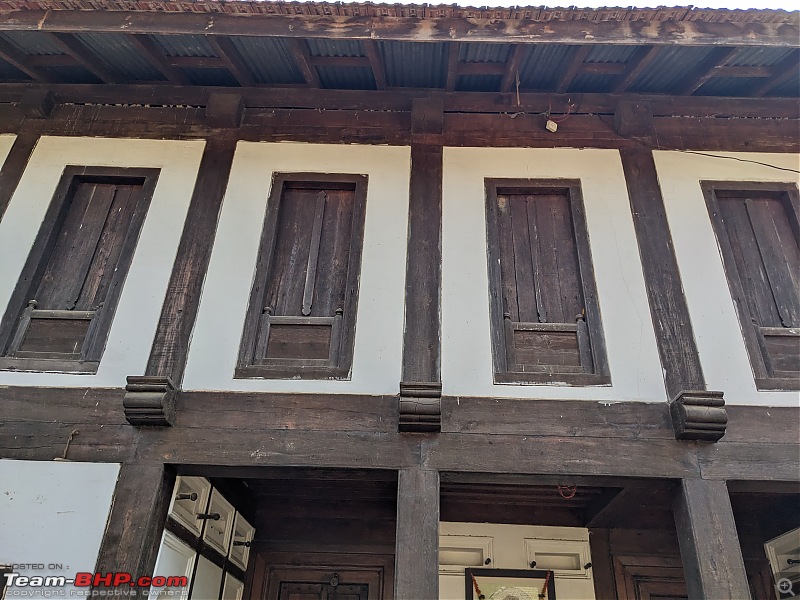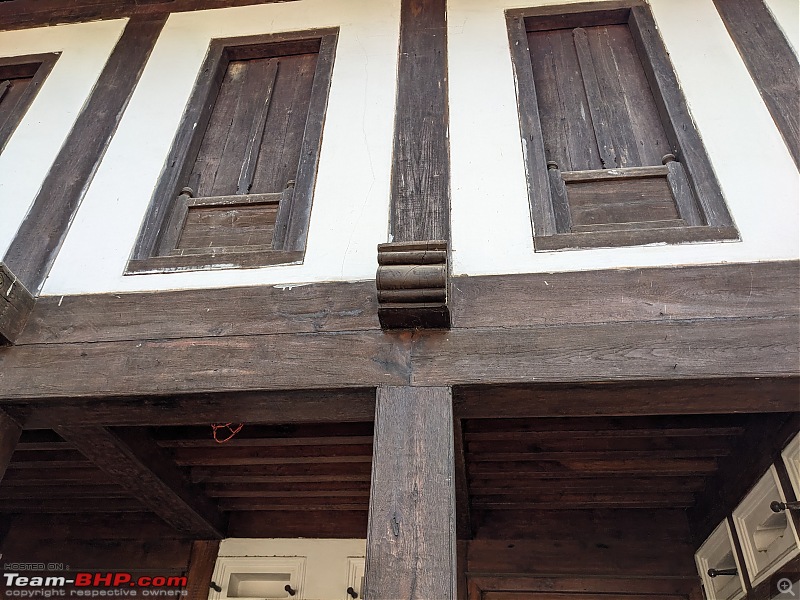I love to travel.
I love to travel long distances.
I also love to travel back in time.
When I can combine these two, for me, it's no longer a journey, but a pilgrimage. Here's my story of one such pilgrimage, which I undertook last Sunday. Ok, the distance is not long, but let's not play spoilsport shall we?
My destination? The birth place of the Father Of Indian Armed Rebellion,
Vasudev Balwant Phadke, at Shirdhon, near Panvel, MH.
The route is pretty straightforward via the Expressway. You turn left at the first JNPT exit at Panvel, and driving via Kon village, again take a left after DMart, which puts you on the Mumbai - Goa highway.
Shirdhon village lies to your left at a short distance.
Do
not use this route google suggests. There is no entry there. The correct route is via the red arrows indicated. I had to back up the wrong side on the highway for a few feet, to get to the correct route.
Best is to keep a lookout for this arch which marks the entrance.
Please excuse the image quality. As I forgot to take pics in the route confusion, I had to source this from Google street view.
Once you cross the arches, the road narrows to a typical Indian village road
However, you are soon driving underneath some much welcome shade.
Then you enter Shirdhon village, again with narrow roads, but now passing between houses on both sides.
Do be careful and honk your horn when required. All the turns and blind and it is better to be safe than sorry.
A short distance away, you can easily spot this board, proclaiming Phadke's birthplace.
Parking is sparse, but available right next to the
wada.
Across the street, stands this memorial / museum. These gentlemen stood guard on both sides of it's entrance, but sadly it was closed. On a Sunday. At 11:00 AM. There were no boards to indicate the visitor timings either. A bit peeved, I shrugged my shoulders and crossed the street again.
It was satisfying to see the
wada declared a protected monument. On paper at least. Notice the condition of the board. Shuddering to think what would be the condition inside the
wada, I stepped inside the compound.
If I am not mistaken, the Tulshi vrindava is typically at the back of the house. Perhaps over time, the orientation of the village has modified. Also, it was sad to see the Shivling in the open. Ideally it should be in a temple. For all you know the Lord's residence has been destroyed or has vanished the ravages of time. Still, someone still cared. The presence of those flowers told me as much.
Following instructions on the printout pasted to the pillar, I removed my shoes and ascending the few steps, found myself in presence of The Man Himself. Paying my obeisance, I was all eager to explore the interiors, the I dejectedly noticed the padlocks.
I enquired with a passing lady, but all I got was
it's closed if it's closed.
All I could do was check out the exteriors.
The
wada was how, I expected it to be. Typical stone and wood construction of that era.
Notice those protrusions on the wall, above the photo?
Here is a funny story about them in a few pictures (courtesy SM)

The setup
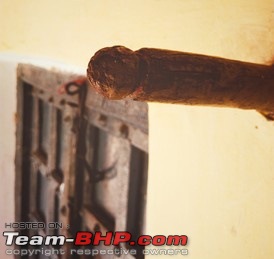
The performance

The prestige (effect).
As you can see, far from encouraging ladies into some creative acrobatic positions, like that clueless horny gent suggested, these protrusions have a much simpler, but far more effective usage.
You simply use them to hang things.
They are called
khunti in Marathi!
Behind the
wada, is an old well, whose vintage was attested by the dimensions of the bricks. They are thinner than contemporary bricks and were standard building blocks during Phadke's time. Bricks of exact same dimensions were used, (and are visible) at the Peshwa residence, Shaniwar
wada, in Pune.
Wondering if Phadke ever swam in that well when he was a kid, I drove back to Pune.
 (20)
Thanks
(20)
Thanks

 (1)
Thanks
(1)
Thanks







